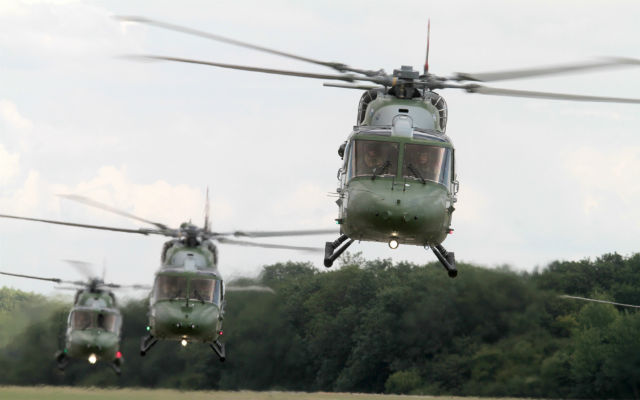The British Army Air Corps (AAC) retired its six remaining AgustaWestland Lynx AH7 battlefield reconnaissance helicopters on 31 July, making way for the service's Wildcat replacements.
Prior to retirement the Lynx AH7 was used for operational conversion to type by 671 Sqn, during which some three months and 200h of flight training would qualify students to fly the Lynx AH9, Boeing Apache AH-64 or Wildcat AH1 in a tactical environment.
The last six AH7s made a final flypast over army headquarters at Andover, Hampshire, then returned to their base at nearby Middle Wallop in “7” formation – representing the force's parent body, 7 Regiment – during the flypast ceremony.

Jim Winchester
These aircraft, plus two others present on static display, are destined to become donors for the Wildcat, which shares many components, including its rotorhead, with the Lynx.
It is possible that they will find homes as display airframes as there are believed to be enough parts available to support the Wildcat programme.
All but 12 of the 119 AH7s delivered were converted from Lynx AH1 airframes between 1985-88, the rest being new builds.
AH7s served the AAC in the UK, Germany and in international operations including those in Afghanistan, Belize, Bosnia, Iraq (Operations Granby and Telic), Northern Ireland, the Philippines and Sierra Leone. The AH7 also served with the Royal Navy’s 847 Naval Air Squadron and the Empire Test Pilot School.
The Lynx AH9A varaint will remain in AAC service until 2019 when it is replaced by the Wildcat in 659, 661, 669 and 672 Sqns.
Reporting by Jim Winchester, Middle Wallop
Source: FlightGlobal.com


























